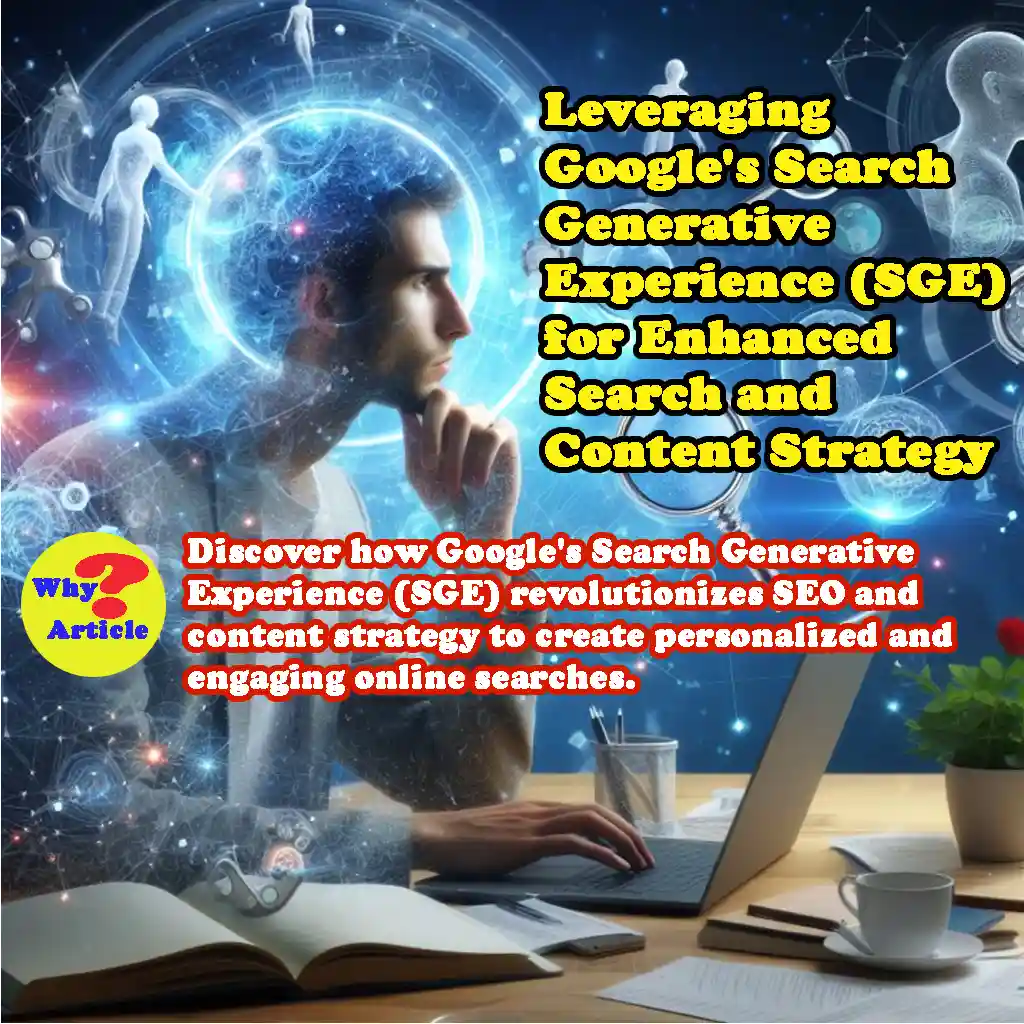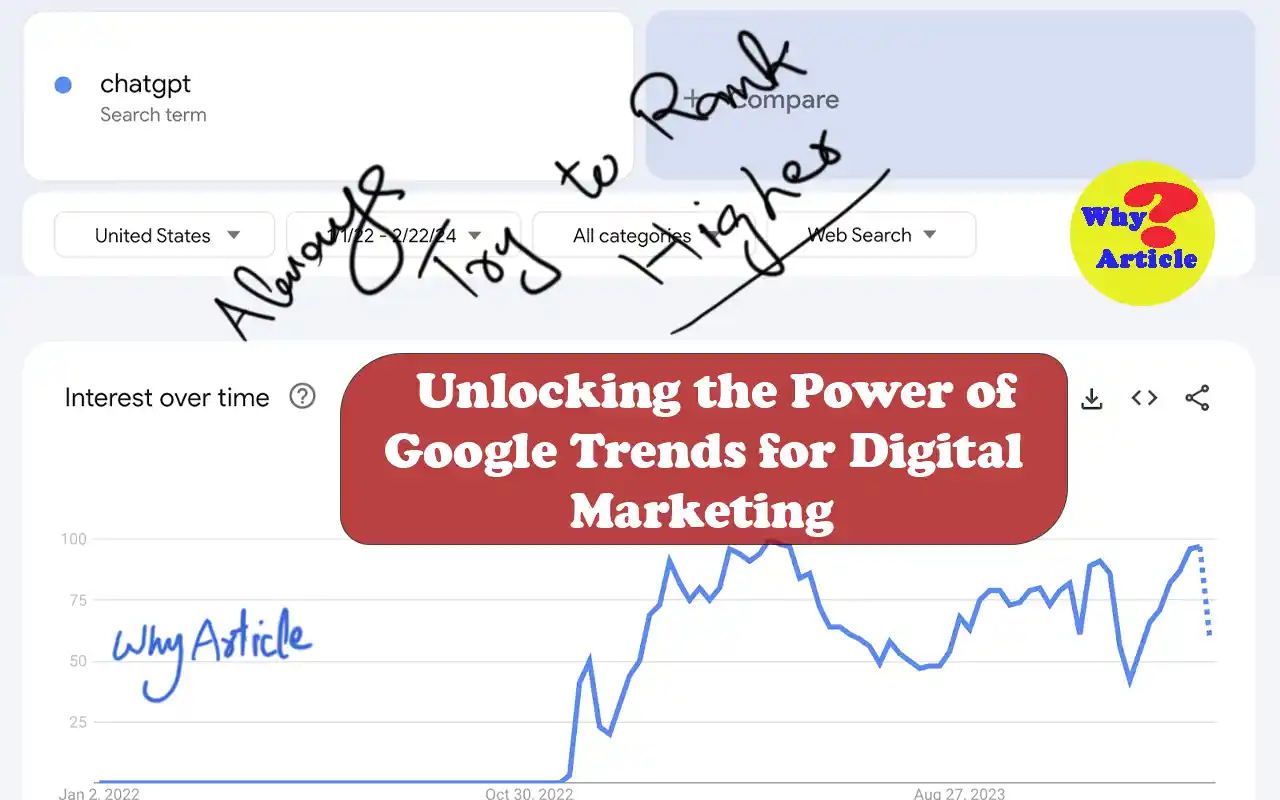In the digital world, staying ahead is key. Google’s Search Generative Experience (SGE) is a big change. It’s changing how we use the internet. We’re SEO and content experts. We know we must adapt to SGE.
This guide explains SGE. We look at how it works and what it means for SEO. We’ll show you how to make content that works well with SGE.
Understanding Google’s Search Generative Experience (SGE)
The Mechanics Behind SGE
Google’s SGE uses AI for better searches. It understands what you ask. It uses natural language processing and sees images like we do. SGE makes unique content for you, right when you ask. It’s not like old search methods. It’s smart and personal.
Implications for SEO and Content Marketing
1. Establishing Authoritative Presence
In today’s digital landscape, being a leader in your field is crucial for success. One of the best ways to achieve this is by regularly providing valuable, top-notch content that resonates with your audience.
This not only showcases your expertise but also builds a solid reputation, making you a reliable figure that people turn to for information.
By doing so, you’ll cultivate a sense of trust and reliability with your followers, which is essential for growth and longevity in your niche.
To enhance your visibility online and make your content more accessible, it’s important to focus on search engine optimization (SEO).
This means using relevant keywords, crafting engaging headlines, and optimizing your content structure to make it more attractive to search engines.
As a result, your content will be easier to find, read, and share, which can lead to increased traffic and a larger, more engaged audience.
2. Shifting from Keywords to Intent
Search Generative Experience (SGE), or Searcher Goal Exploration, stresses the significance of grasping what users actually want to achieve when they search online.
Instead of just focusing on specific words that users type into search engines, it’s crucial to think about the reasons behind their searches.
When you figure out these motivations and address them, you can create content that truly connects with your audience and meets their needs.
This approach can lead to more meaningful engagement with your content because it’s tailored to answer the questions or solve the problems that users have in mind when they start their search.
3. Elevating Content Quality
In a world full of information, the quality of what you share is very important.
Sharing stories and different viewpoints that grab people’s attention can make your brand stand out from all the rest.
4. Diversifying Content Formats
Using different kinds of content like pictures, videos, and things people can click on makes it more fun and easier for everyone to get involved.
It also helps because people like different ways of learning and seeing information.
5. Personalization as a Priority
Creating content that matches what each person likes and where they are is very important for giving them a special experience that feels just for them
By using smart technology, we can make content that really speaks to people, making them feel more connected and interested.
6. Community Engagement for Visibility
Creating a lively online group can make more people aware of your brand and help your audience feel like they are part of something special.
Being involved on websites and social media where people talk and share can make them more loyal and make your brand more noticeable.
7. Mobile-First Optimization for Accessibility
As more people use smartphones for internet browsing, it’s crucial to focus on creating mobile-friendly experiences.
By making sure your website adjusts well to different screen sizes (responsiveness) and loads quickly (speed), users can easily find and use your site on any device.
This not only makes visitors happy but also helps your site show up better in search engine results.
8. Embracing Voice Search Optimization
As more people use voice commands to search online, it’s important to change the way we create content.
We should use natural-sounding phrases and specific terms because that’s how people talk.
By doing this, we make sure that the content we create is easy to find and matches what people are looking for when they use voice search on their devices.
9. Leveraging Rich Media for Engagement
Using pictures, charts, and videos can make people more interested and stay longer on a website.
Content that is easy to look at grabs attention and shares information well, which can make the website show up better in search results and make users happy.
10. Adapting to Evolving Algorithms
Keeping up with the changes in search engines is very important if you want people to keep seeing and finding your content online.
Regular updates to your content make sure it matches how people are searching and the new ways technology is being used.
Conclusion
Google’s new way of searching, called the Search Generative Experience, is a big change in how we find things online. This change means that people who work in SEO (Search Engine Optimization) and content marketing need to think differently about their strategies.
To do well in this new environment, it’s important for brands to create content that feels personal to each user. They should focus on making sure their content is of high quality and work on building a strong relationship with their online community.
As things keep changing in the world of online search, it’s really important for brands to stay flexible and keep coming up with new ideas. This will help them stay ahead of the competition and continue to be noticed by people who are looking for things on the internet.
Unlike traditional algorithms, SGE dynamically generates content based on user queries and preferences, offering personalized search results in real-time.
Content quality is paramount in SGE, as it distinguishes brands amidst the abundance of information. Compelling narratives and unique perspectives resonate deeply with users, enhancing engagement and search visibility.
Optimizing for voice search involves adopting a conversational tone, incorporating long-tail keywords, and aligning content with natural language patterns. This ensures relevance and visibility in voice-activated search results.
With the increasing prevalence of mobile devices, prioritizing mobile-friendly experiences improves accessibility and user satisfaction. Mobile-first optimization enhances search visibility and ensures a seamless user experience across devices.
Staying informed about the latest trends and developments in search algorithms allows brands to refine their SEO strategies continuously. By remaining agile and adaptable, brands can maintain search visibility and relevance in the dynamic digital landscape.




